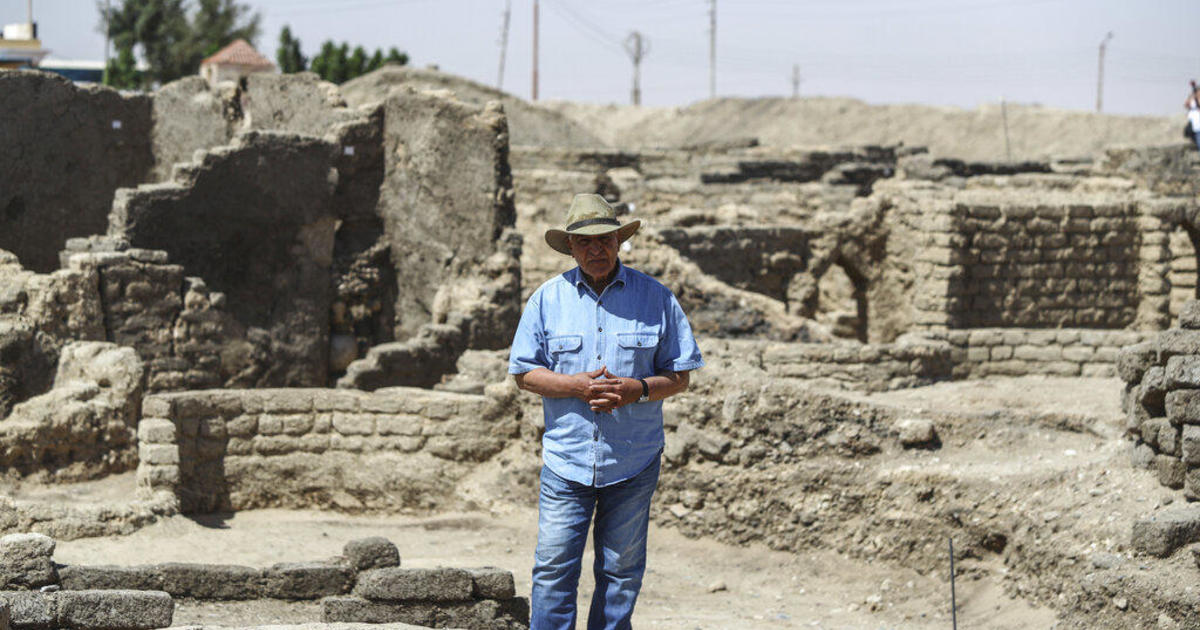
Egypt’s best-known archaeologist on Saturday revealed more details about a pharaonic city recently found in the southern province of Luxor. Zahi Hawass said archaeologists found brick houses, artifacts and tools from the Pharaonic era at the site of the Lost city of 3,000 years.
The city dates back to Amenhotep III of the eighteenth dynasty, whose reign is considered a golden age for ancient Egypt.
“This is really a big city that was lost … The inscription found here says that this city was called, ‘The dazzling Aten,'” Hawass told reporters at the site.
Mohamed Elshahed / AP
Archaeologists began excavating the area last year, looking for the mortuary temple of King Tutankhamun. However, in a few weeks they found mud brick formations that eventually turned out to be a large, well-preserved city.
It is said that there are city walls and even rooms full of ovens, storage pottery and utensils that are used in everyday life. Archaeologists also found human remains that were visible to reporters and visitors on Saturday.
“We found three important districts, one for the administration, one for sleeping workers, one for industry and (one) area for dried meat,” said Hawass, who spoke to reporters at the site while carrying his iconic Indiana Jones hat.
He said he believes the city was “the most important discovery” since Tutankhamun’s tomb was unearthed in the Valley of the Kings in Luxor almost intact in 1922.
Zahi Hawass Center for Egyptology via AP
Paola Cartagena, a graduate student in Egyptology at the University of Manchester, said the discovery was of “great importance”.
“The archeology of the settlements is extremely valuable for learning true historical facts and broadening our understanding of how the ancient Egyptians lived,” he wrote on Twitter.
The newly unearthed city lies between the temple of King Ramses III and the colossi of Amenhotep III on the west bank of the Nile in Luxor. The city continued to be used by Amenhotep III’s grandson, Tutankhamun, and later by his successor, King Ay.
Some clay bricks bear the seal of the cartridge of King Amenhotep III, or name insignia.
Amenhotep III, who ruled ancient Egypt between 1391 BC and 1353 BC, built the main portions of the temples of Luxor and Karnak in the ancient city of Thebes.
Egypt has sought publicity for its archaeological discoveries in hopes of reviving its tourism sector, which was hit hard by the turmoil following the 2011 uprising, and now by the coronavirus pandemic.
The announcement came just days after Egypt moved 22 of its prized royal mummies in a gala parade to its new resting place, the newly opened National Museum of Egyptian Civilization in Cairo.

